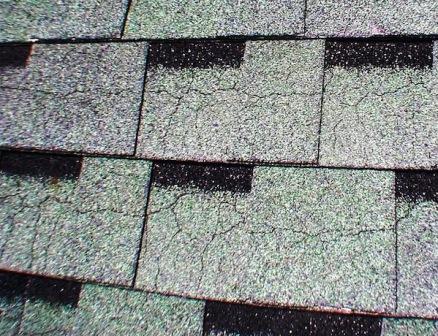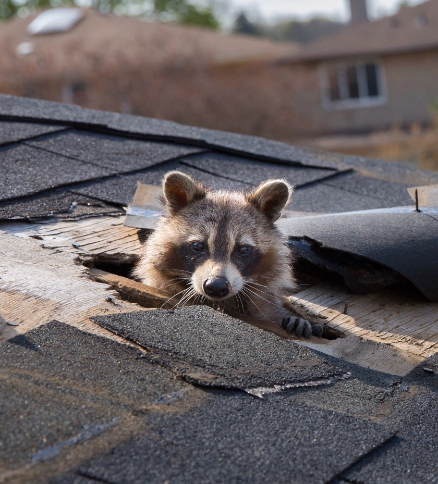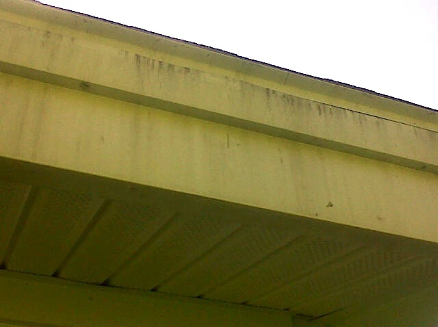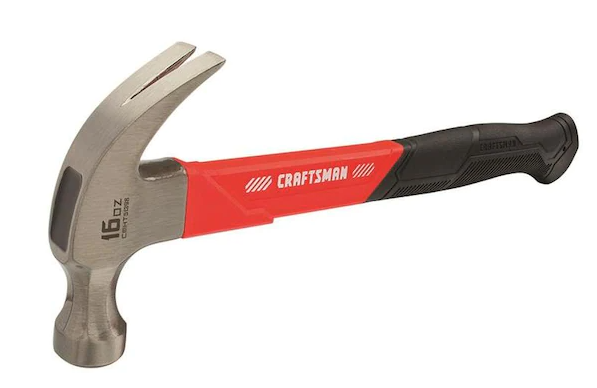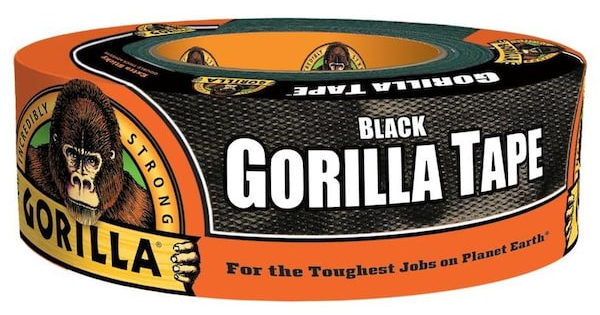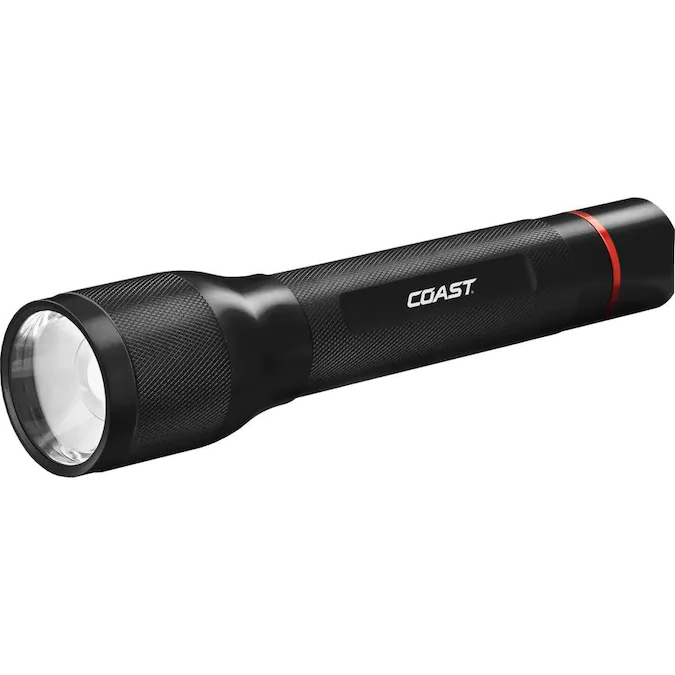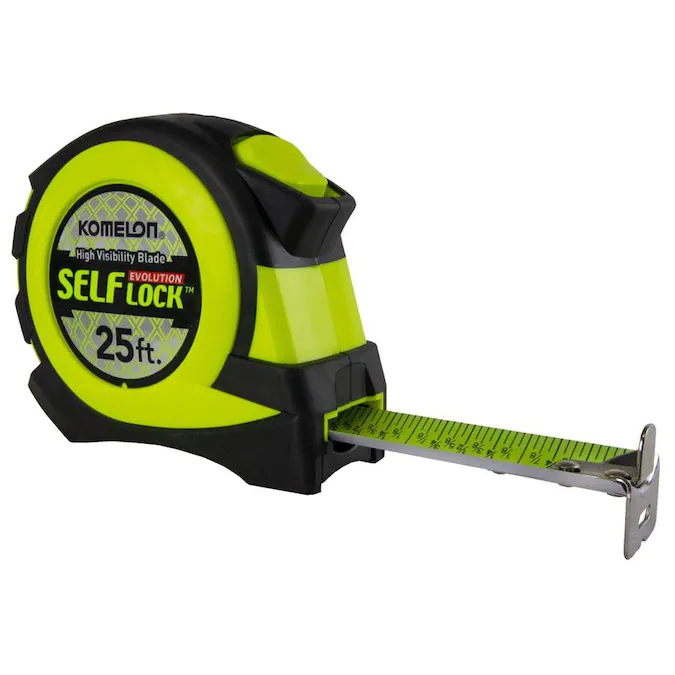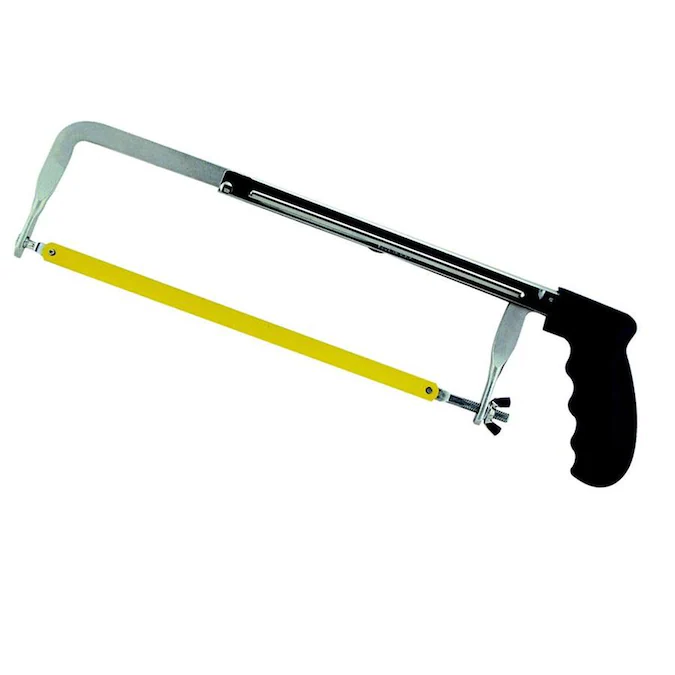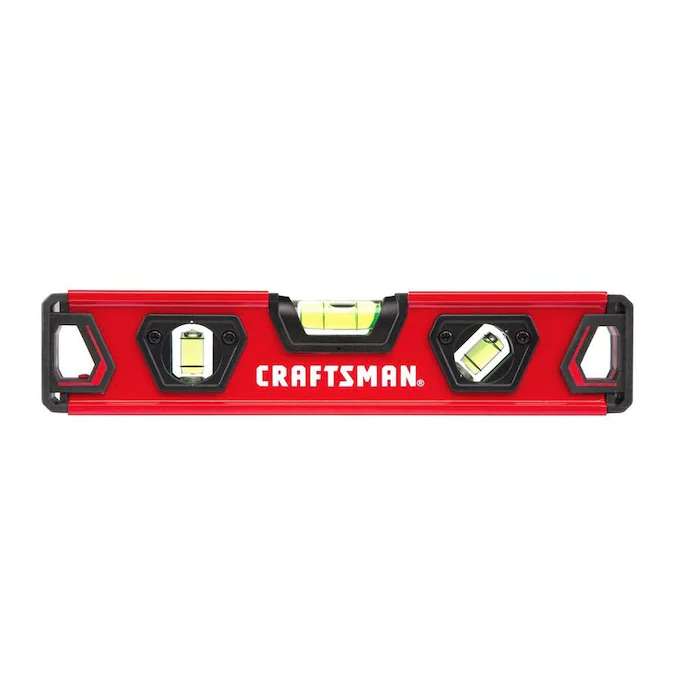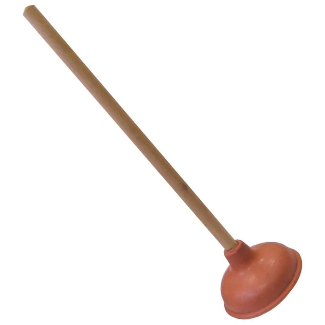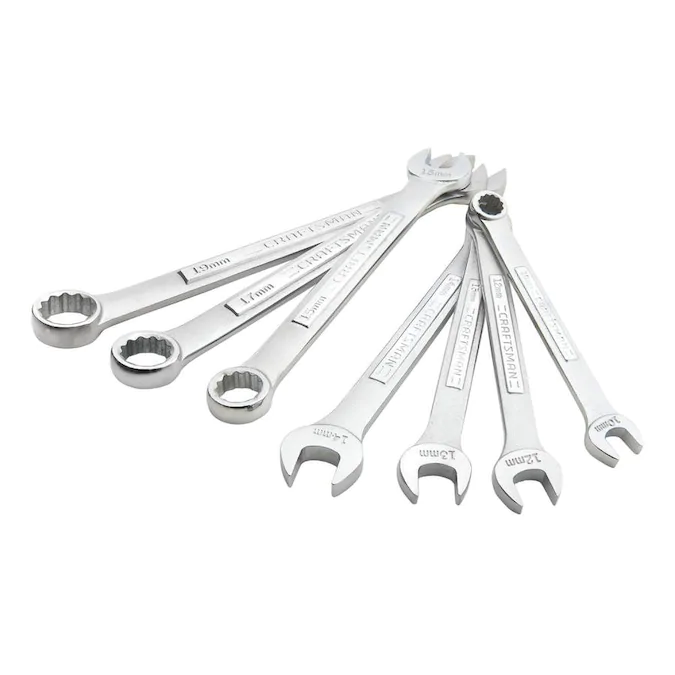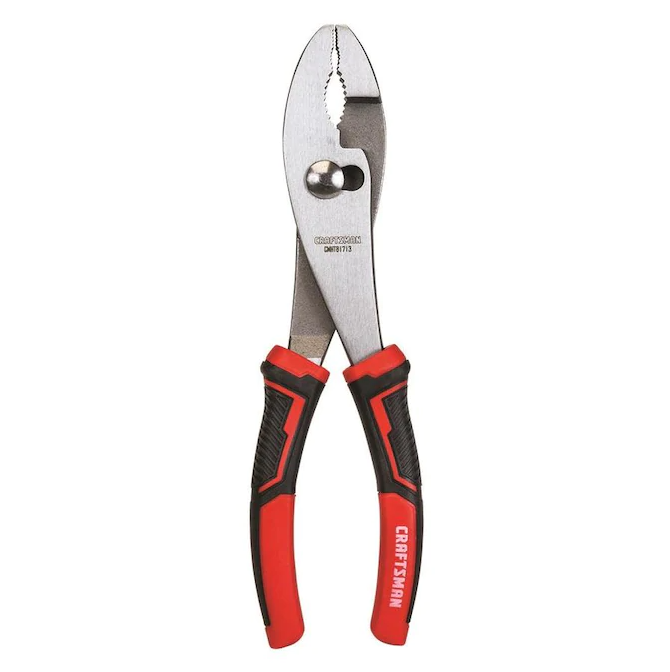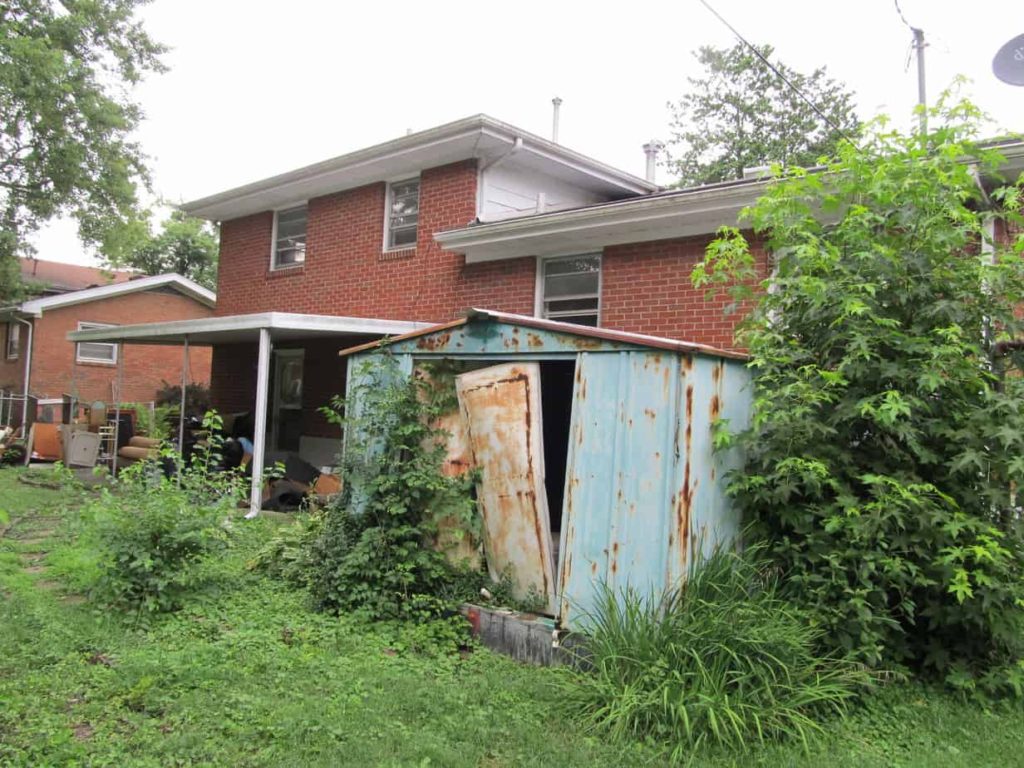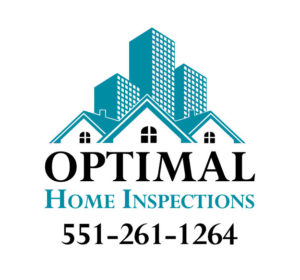ABS (acrylonitrile butadiene styrene): Rigid black plastic pipe used for drain, waste and vent lines.
access cover: Removable plate that permits access to a pipe or pipe fitting for the purpose of inspection, maintenance, repair or replacement.
access panel: An opening in the wall or ceiling near a fixture that allows access for servicing the plumbing/electrical system.
accessible: In the opinion of the inspector, can be approached or entered safely without difficulty, fear or danger.
activate: To turn on, supply power, or enable systems, equipment or devices to become active by normal operating controls. Examples include turning on the gas or water supply valves to the fixtures and appliances, and activating electrical breakers or fuses.
adaptor: A fitting that unites different types of pipe together, such as ABS to cast-iron pipe.
adversely affect: Constitute, or potentially constitute, a negative or destructive impact.
aerator: An apparatus that mixes air into flowing water. It is screwed onto the end of a faucet spout to help reduce splashing.
air-admittance valve: One-way valve designed to admit air into the plumbing system to protect the traps from siphonage; a device used as an alternative to vents for individual fixtures and branches in the plumbing drainage system.
air chamber: A vertical, air-filled pipe that prevents water hammer by absorbing pressure when the water is shut off at a faucet or valve.
air gap (drainage): The unobstructed vertical distance through free atmosphere between the outlet of the waste pipe and the flood-level rim of the receptacle into which the waste pipe is discharged.
air gap (water distribution): The unobstructed vertical distance through free atmosphere between the lowest opening from any pipe or faucet that supplies water to a receptacle (sink, tank, fixture, or other device) and the flood-level rim of that receptacle.
anti-scald: A valve that restricts water flow to help prevent burn injuries. See pressure-balancing valve and thermostatic valve. In some areas, plumbing codes require anti-scald valves. Speak to a professional in your area for more information and help with code requirements.
anti-siphon: A device that prevents wastewater from being drawn back into supply lines and possibly contaminating the water supply.
aperture: An opening in a pipe.
appliance: An apparatus, device, or equipment operated by use of electricity or fuel gas to produce heat, light, power, refrigeration, or air conditioning.
approved: Accepted by the code official, third-party agency, authority having jurisdiction (AHJ), or conforming to a standard such as ANSI.
back-pressure: Pressure created in a non-potable system in excess of the water supply mains causing backflow. Back-pressure can be created by mechanical means (such as a pump), by static head pressure (including an elevated tank), or by thermal expansion from a heat source (such as a water heater).
back-siphonage: The backflow of water caused by system pressure falling below atmospheric pressure. Atmospheric pressure supplies the force that reverses the flow.
· backflow: The flow of liquids in potable water distribution piping in reverse of their intended path. There are two types of pressure conditions that cause backflow: back-siphonage and back-pressure.
backflow preventer: A device or means to prevent backflow into the potable water supply.
basket strainer: Basket-shaped strainer with holes allowing water to drain while catching food or other solids; can also be closed to fill the sink with water.
bell reducer: A fitting shaped like a bell that has one opening of a smaller diameter used to reduce the size of the pipe in the line, and the opposite opening of larger diameter.
bidet: A toilet-like plumbing fixture designed to promote posterior hygiene; not a toilet.
· building drain: The part of the drainage system that receives the discharge from inside the dwelling and transports it to the building’s sewer, and ends 30 inches outside the dwelling’s foundation wall.
building sewer: That part of the drainage system that extends from the end of the building’s drain onward.
cistern: An exterior reservoir for a home’s water supply.
cleanout: A plug in a trap or drainpipe that provides access for the purpose of clearing an obstruction.
closet bend: A curved fitting that connects the closet flange to the toilet drain.
closet bolt: A bolt whose head is fitted to a closet flange and protrudes up through a toilet base. A nut is tightened around it on the toilet base. Two (or four) bolts serve one toilet.
closet flange: An anchoring ring secured to the floor. The base of the toilet is secured to this ring with bolts.
combustion air: The air provided to fuel-burning equipment, including air for fuel combustion, draft hood dilution, and ventilation of the equipment enclosure.
component: A permanently installed or attached fixture, element, or part of a system.
compression fitting: A fitting used to join or connect pipes and conduit by causing a ring to compress against the connecting tube when tightening with a wrench.
condensate drainpipe: Condensate drainage from air-conditioning equipment must be drained properly. This drainage pipe must be sized and designed as an indirect waste pipe, with a minimum diameter of 3/4-inch, and a water trap installed on the line.
condition: The visible and conspicuous state of being of an object.
console lavatory: A table-like lavatory whose basin is attached to a wall at the back and by table or piano legs at the front.
copper pipe types: Type K has the heaviest or thickest wall and is generally used underground. It has a green stripe. Type L has a medium wall thickness and is most commonly used for water service and for general interior water piping. It has a blue stripe. Type M has a thin wall, and many codes permit its use in general water piping installation. It has a red stripe.
CPVC (chlorinated polyvinyl chloride): Rigid plastic pipe used in water supply systems where code permits.
cross-connection: Any arrangement of plumbing devices, fittings, fixtures or pipes that connects a potable water supply directly to a non-potable source. This is an undesirable arrangement.
cut-off valve: A valve used to shut water off, generally located under a sink or behind a bathtub or shower access panel. It cuts off the hot and/or cold water at the source without cutting off the entire water supply throughout the house.
describe: To report, in writing, on a system or component by its type or other observed characteristics to distinguish it from other components used for the same purpose.
determine: To arrive at an opinion or conclusion pursuant to examination.
developed length: The distance measured along the centerline of a pipe.
dismantle: To open, take apart, or remove any component, device or piece that would not typically be opened, taken apart, or removed by an ordinary occupant.
disposer: A device that grinds food sufficiently to enter a drain for disposal without clogging it. See also food waste grinder and garbage disposal.
diverter: A valve that has a single inlet and directs water to one of two outlets. Diverters are used with hand showers, shower risers, tub-and-shower combinations, and kitchen faucet sprayers.
drainage system: Piping within a dwelling that conveys sewage, rainwater, or other liquid waste to a point of disposal. It does not include the main of a public sewer system, or a private or public sewage treatment or disposal plant. A sanitary drainage system carries sewage and excludes storm water, surface water, rainwater, and groundwater.
DWV (drainage, waste and vent system): Refer to drainage system.
elbow: An angled fitting that alters the direction of the line. Also called an L, it comes in a variety of angles, from 22½ to 90 degrees.
escutcheon: A trim piece or decorative flange that fits beneath a faucet handle to conceal the faucet stem and the hole in the fixture or wall.
evaluate: To assess the systems, structures or components of a dwelling.
examine: To visually look (see inspect).
fall/flow: The proper slope or pitch of a pipe for adequate drainage.
faucet: A device for regulating the flow of liquid from a reservoir, such as a pipe or drum.
fitting: A general term that usually refers to faucets, shower valves, tub fillers, and various piping parts, such as tees and elbows.
fixture: In plumbing, the devices that provide a supply of water and/or its disposal, such as sinks, tubs and toilets.
flex hose: A flexible pipe or tube usually made of braided stainless steel, and commonly used with widespread or Roman tub faucets to provide variable centers.
flood-level rim: The edge of the fixture or receptacle above which water will flow over and out of that fixture or receptacle.
flow rate: The rate at which water is discharged from an outlet. For example, the standard flow rate of a showerhead is 2½ gallons per minute.
flue: A pipe used to exhaust smoke, gas or air.
flue lining: Fired clay or terracotta pipe, round or square, usually made in all ordinary flue sizes and in 2-foot lengths, and used for the inner lining of a chimney with the brick or masonry work around the outside. A flue lining in a chimney runs from about a foot below the flue connection to the top of the chimney.
flush valve: The valve separating the water in a toilet tank from the bowl.
flux: A material applied to the surface of copper pipes and fittings to assist in the cleaning and bonding process.
· food waste grinder: A device that grinds food sufficiently to enter a drain for disposal without clogging it. See also disposer and garbage disposal.
function: The action for which an item, component or system is specially fitted or used, or for which an item, component or system exists; to be in action or perform a task.
· garbage disposal: A device that grinds food sufficiently to enter a drain for disposal without clogging it. See also disposer and food waste grinder.
gasket: A pre-formed shape, such as a strip, grommet, etc., of rubber or rubber-like composition, used to fill and seal a joint or opening, either alone or in conjunction with the supplemental application of a sealant.
gate valve: A valve that permits one to completely stop, but not modulate, the flow within a pipe.
GPM (gallons per minute): The unit of measurement by which the flow rate of faucets and showerheads is measured and regulated.
groundwater: Water from an aquifer or sub-surface water source.
hose bibb: An outdoor faucet with hose threads on the spout, also commonly used to supply washing machines and wash basins.
hot water: Water at a temperature equal to or greater than 110° F (43° C).
ID (inside diameter): The diameter measurement taken from the inside of a pipe; a common method for sizing pipe.
inspect: To examine readily accessible systems and components safely, using normal operating controls, and accessing readily accessible areas, in accordance with these Standards of Practice.
installed: Attached or connected such that the installed item requires the use of a tool for removal.
lavatory: Bathroom or washroom sink.
lead: A malleable metal that was used for drainage pipes and was installed for water service entry pipes until its use was prohibited for health and safety reasons.
main vent (or stack): Principal vent to which branch vents may be connected.
mixing valve: A valve that mixes hot and cold water in order to obtain a set temperature prior to delivery.
non-vitreous: A relative term as applied to ceramic products based on their water-absorbing characteristics; that degree of vitrification evidenced by relatively high water absorption, usually more than 10%, except for tile materials that are considered non-vitreous when water absorption exceeds 7%.
notch: A crosswise rabbet at the end of a board.
O-ring: A round rubber washer or gasket that is compressed to create a watertight seal, typically in a compression fitting.
oakum: Loose hemp or jute fiber that is impregnated with tar or pitch and used to caulk large seams and for packing plumbing pipe joints.
observe: To visually notice.
operate: To cause systems to function or turn on with normal operating controls.
P-trap: A P-shaped section of drainpipe that prevents sewer odors from escaping into the home. Water is trapped in the pipe, blocking gases from escaping into the drain.
PB (polybutylene): Flexible plastic tubing used in water supply systems.
pedestal lavatory: A lavatory whose bowl is supported by a single pedestal leg.
percolation test (perc test): A test that a soil engineer performs on earth to determine the feasibility of installing a leachfield-type sewer system on a lot; a test to determine if the soil on a proposed building lot is capable of absorbing the liquid effluent from a septic system.
plumbing boot: A metal saddle used to strengthen a bearing wall/vertical stud(s) where a plumbing drain line has been cut through and installed.
plumbing rough: The work performed by the plumbing contractor after the rough heat is installed. This work includes installing all plastic ABS drain and waste lines, copper water lines, bathtubs, shower pans, and gas piping to furnaces and fireplaces. Lead solder should not be used on copper piping.
plumbing stack: A plumbing vent pipe that penetrates the roof.
plumbing trim: The work performed by the plumbing contractor to get the home ready for the final plumbing inspection; includes installing all toilets (water closets), hot water heaters, sinks, disposal, dishwasher, and all other plumbing items, and connecting all gas pipes to combustion appliances.
plumbing waste line: See drainage system.
polyvinyl chloride (PVC): A polymer formed by the polymerization of vinyl chloride monomer, sometimes called vinyl; a type of white plastic pipe commonly used for DWV systems.
potable water: Drinkable water fit for human consumption; fit to drink.
pressure-reducing valve: A valve installed in the water service line where it enters a home to reduce the pressure of the water in the line to an acceptable and desirable level, typically 40 to 55 psi.
pressure tank: A tank used in conjunction with a well to maintain pressure.
reducer: A fitting that connects pipes of different sizes.
relative humidity: The amount of water vapor in the atmosphere, expressed as a percentage of the maximum quantity that could be present at a given temperature. The actual amount of water vapor that can be held in space increases with the temperature.
report: A written communication (possibly including digital images) of any material defects observed during an inspection.
residential property: Four or fewer residential units.
residential unit: A home; a single unit providing complete, independent living facilities for one or more persons, including permanent provisions for living, sleeping, eating, cooking and sanitation.
riser: A vertical assembly of fittings and pipes that distributes water upward.
rough-in: The portion of a plumbing installation that includes running the water supply lines and drain, waste and vent lines to the proposed location of each fixture.
run: A complete or secondary section of pipe that extends from supply to fixture, or from drain to stack.
sanitary drainage system: A drainage system that carries sewage and excludes storm water, surface water, rainwater and groundwater.
sanitary fitting: A fitting that joins the assorted pipes in a drain, waste and vent system, designed to allow solid material to pass through without clogging.
scupper: An outlet in the wall of a building or a parapet wall for the drainage of water from a flat roof.
seat: The fixed part of a valve. The stem assembly moves up and down against the seat to open and close the valve.
self-rimming: A style of bathroom lavatory or kitchen sink with a finished lip or rim that installs on top of a counter without requiring a metal sink rim.
sewage: A general term referring to the discharge from all plumbing fixtures, and primarily includes human bodily waste, and the waste associated with cleaning, washing, bathroom use, and food preparation.
sewage ejector: A pump used to lift wastewater to a gravity sanitary sewer line, usually used in basements and other locations that are situated below the level of the side sewer.
sewer lateral: The portion of the sanitary sewer that connects the interior wastewater lines to the main sewer lines. The side sewer is usually buried in several feet of soil and runs from the house to the sewer line. It is usually owned/operated by the sewer utility, must be maintained by the owner, and may be serviced only by utility-approved contractors; sometimes called a side sewer.
sewer stub: The junction at the municipal sewer system where the home’s sewer line is connected.
sewer tap: The physical connection point at which the home’s sewer line connects to the main municipal sewer line.
shut down: Turned off, unplugged, inactive, not in service, not operational, etc.
shut-off valve: The valve that allows the water supply to be cut off to one fixture without affecting the water supply to the entire house or building; commonly used at bathroom sinks and toilets.
side sewer: The portion of the sanitary sewer which connects the interior waste water lines to the main sewer lines. The side sewer is usually buried in several feet of soil and runs from the house to the sewer line. It is usually owned/operated by the sewer utility, must be maintained by the owner, and may be serviced only by utility-approved contractors; sometimes called a sewer lateral.
sillcock: An exterior water faucet; also called a hose bibb.
sleeve: Pipe installed under the concrete driveway or sidewalk that will be used later to run sprinkler pipe or low-voltage wire.
sludge: Term for the waste material found in sump pump pits, septic systems and gutters.
soil pipe: Pipe that transports solid waste from toilets.
stack: A vertical drainpipe that extends more than one floor level or story in a dwelling and carries liquid or air.
stack vent: An extension of the soil or waste stack above the plumbing fixtures; a vent.
stem: A small shaft or rod that projects through the faucet valve and to which the handle is installed.
stop valve: A valve that controls the flow of water to an individual fixture, allowing the water supply to be stopped to one fixture without affecting the water supply to other fixtures.
storm sewer: A sewer system designed to collect storm water and which is separated from the wastewater system.
straight stop: A shut-off valve that is installed on a supply line between the floor and the faucet or toilet. Unlike an angle stop, a straight stop does not change the direction of water flow.
sump pump: A submersible pump in a sump pit that pumps any excess groundwater to the outside of the home.
system: An assembly of various components that function as a whole.
tailpiece: The tubular part of a drain that runs from the plumbing fixture to the trap.
tee (or T): A T-shaped fitting with three openings used to create branch lines.
trap: A fitting or device that provides a liquid seal to prevent the emission of sewer gases without affecting the flow of sewage or wastewater through the trap.
trap seal: The vertical distance between the crown weir and the top dip of the trap. The crown weir is the lowest point in the cross-section of the horizontal waterway at the exit of the trap.
tub trap: A curved, U-shaped section of a bathtub drainpipe that holds a water seal to prevent sewer gases from entering the home through the tub’s water drain.
underground plumbing: The plumbing drain and waste lines that are installed beneath a basement floor.
union: A three-piece fitting that joins two sections of pipe, but allows them to be disconnected without cutting the pipe; used primarily with steel pipes, but never in a DWV system.
unsafe: In the inspector’s opinion, a condition of an area, system, component or procedure that is judged to be a significant risk of injury during normal, day-to-day use. The risk may be due to damage, deterioration, improper installation, or a change in accepted residential construction standards.
vacuum breaker: An anti-siphon device that prevents wastewater from being drawn back into supply lines, potentially contaminating the water supply.
vent: A passageway for conveying flue gases from fuel-burning appliances to the outside air.
vent stack: The vertical, upper portion above the top-most fixture through which gases and odors escape the sanitary drainage system. This pipe carries no liquids or solids.
vent system: Piping that prevents trap siphonage and back-pressure, or equalizes the air pressure within the sanitary drainage system.
verify: To confirm or substantiate.
waste: Wastewater; drainage discharge that does not contain solid human waste.
waste and overflow: A bathtub drain assembly that has an outlet at the top to remove overflow water when filling the tub, and an outlet at the bottom to remove wastewater when the tub is drained.
waste stack: Vertical pipe that carries liquid or air through one or more stories of a dwelling.
water closet (WC): toilet; commode.
water tap: The connection point at which a home’s water line connects to the main municipal water system.
wax ring job: Removing a toilet from the floor so that a blockage can be manually removed, or to replace a degraded wax ring; replacing a wax ring on the bottom of the toilet to create a seal.
well casing: A steel or plastic pipe that serves as the lining of a well, preventing it from caving in, and protecting groundwater from contamination by surface water.
whirlpool bathtub: A plumbing appliance consisting of a bathtub fixture that is equipped and fitted with a circulating piping system designed to accept, circulate, agitate and discharge bathtub water for relaxation and therapeutic purposes.
wye (or Y): A Y-shaped fitting with three openings used to create branch lines.
yoke: The location where a home’s water meter is installed between two copper pipes, and located in the water meter pit in the yard.
zone valve: A device, usually placed near the heater or cooler, that controls the flow of water or steam to parts of the building. A zone thermostat controls it.
Copyright © 2006-2021 International Association of Certified Home Inspectors, Inc.

